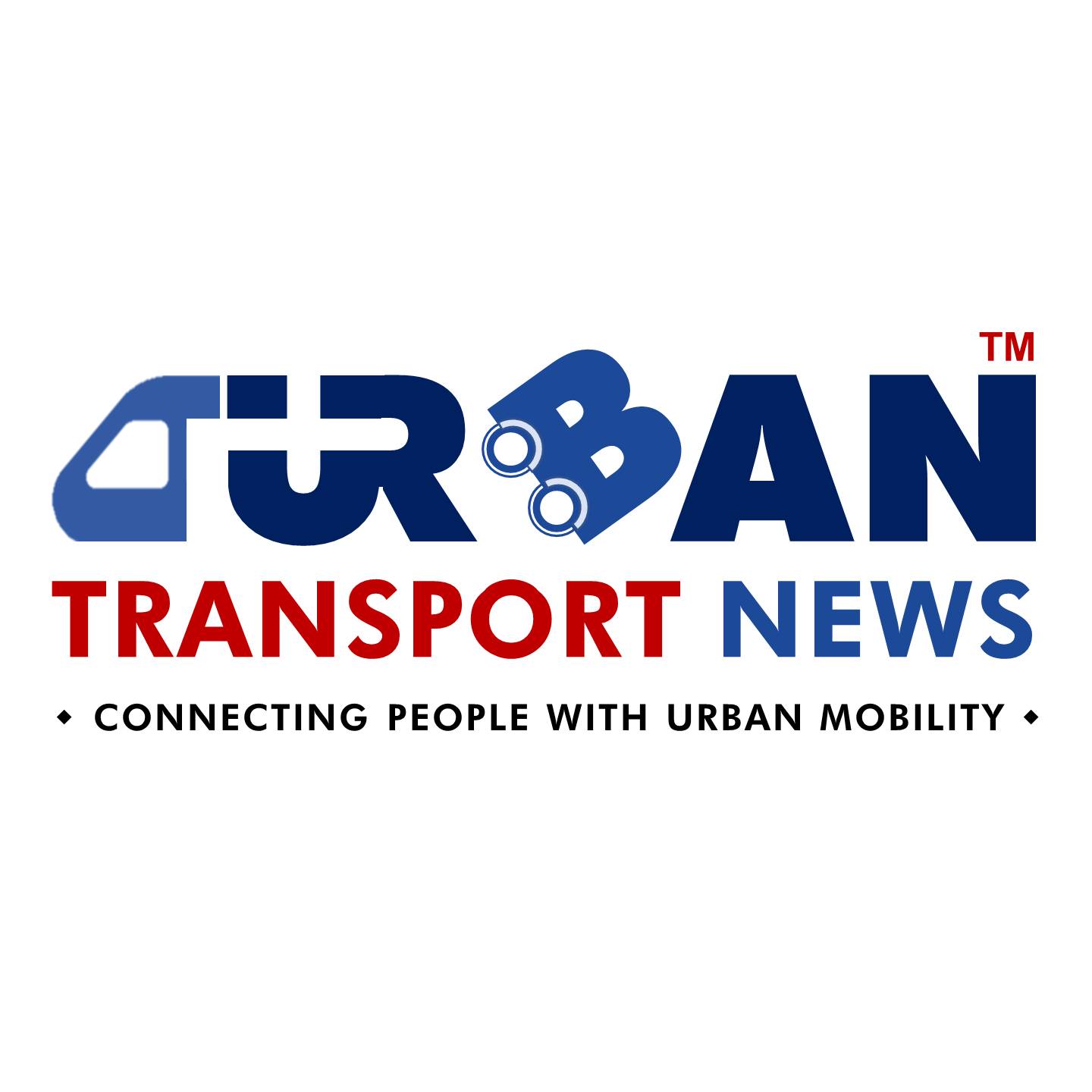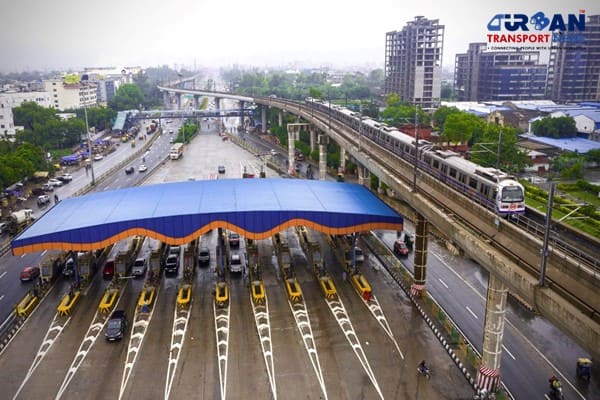 Vensa Infrastructure wins ₹412.58 crore civil contract for Hisar Airport
Vensa Infrastructure wins ₹412.58 crore civil contract for Hisar Airport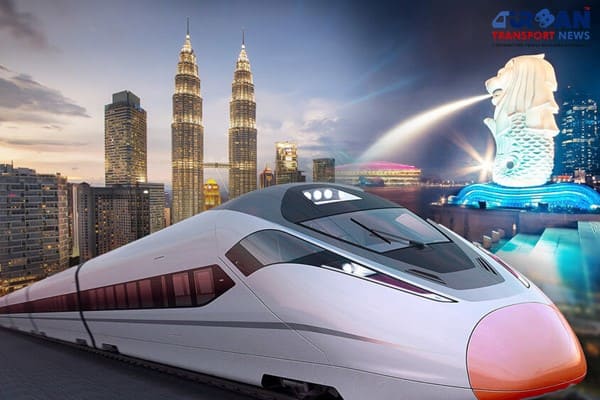 Kuala Lumpur-Singapore high-speed rail project cost could be slashed to RM70 Billion
Kuala Lumpur-Singapore high-speed rail project cost could be slashed to RM70 Billion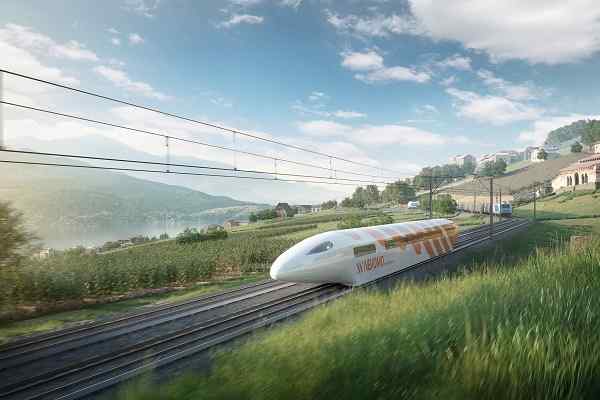 Nevomo's MagRail Technology Selected for Hyperloop Freight Demonstrator
Nevomo's MagRail Technology Selected for Hyperloop Freight Demonstrator Russia signs deal to procure bullet trains for Moscow - St. Petersburg high-speed line
Russia signs deal to procure bullet trains for Moscow - St. Petersburg high-speed line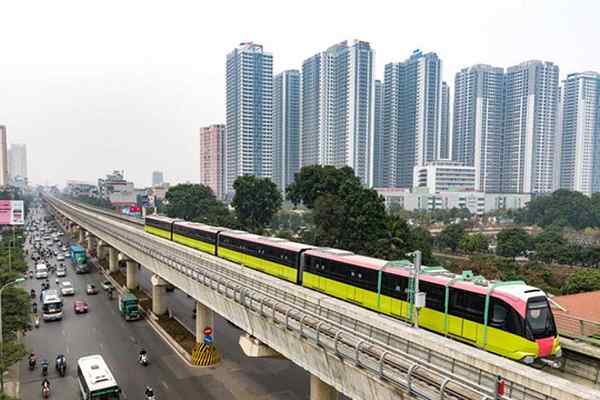 Vietnam plans new metro rail lines to replace its BRT systems in Hanoi
Vietnam plans new metro rail lines to replace its BRT systems in Hanoi 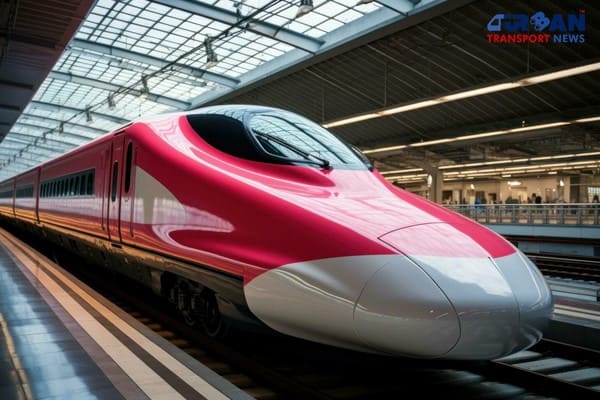 Revolutionizing Indian Railways: The Rise of Indigenous High Speed Bullet Trains
Revolutionizing Indian Railways: The Rise of Indigenous High Speed Bullet Trains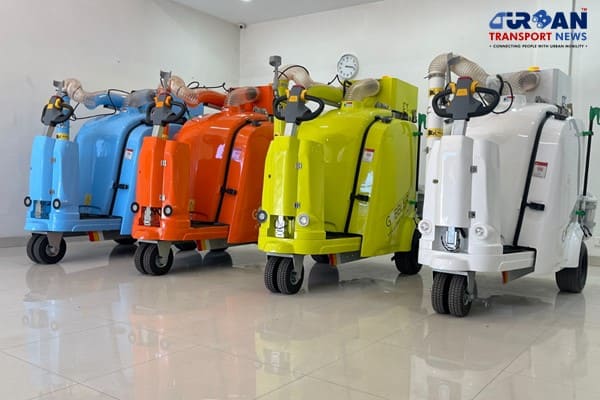 Ayodhya deployed Gobbler Litter Buster to keep the City clean
Ayodhya deployed Gobbler Litter Buster to keep the City clean BMW's Emissions Investigation: What Does It Mean for Drivers?
BMW's Emissions Investigation: What Does It Mean for Drivers?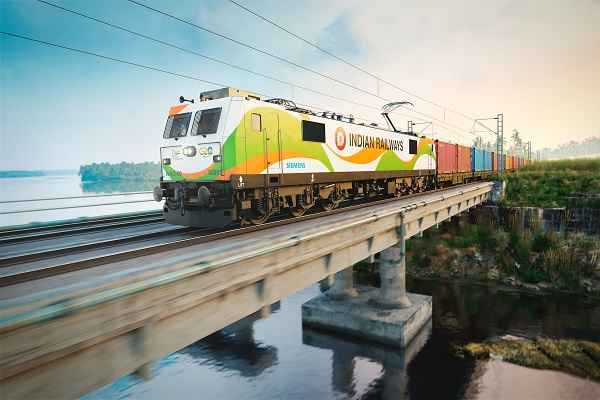 171 Years of Indian Railways: A History of Innovation and Progress
171 Years of Indian Railways: A History of Innovation and Progress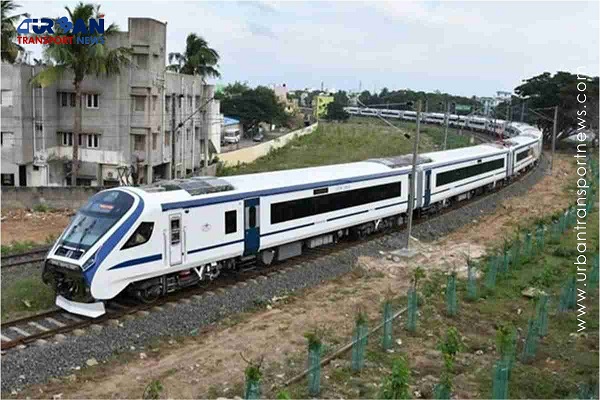 Vande Bharat Express trains carries over two crore passengers since their inception
Vande Bharat Express trains carries over two crore passengers since their inception
How a good transportation system could enhance life in urban India?
An excerpt from ‘India’s Blind Spot: Understanding and Managing Our Cities’, by Devashish Dhar
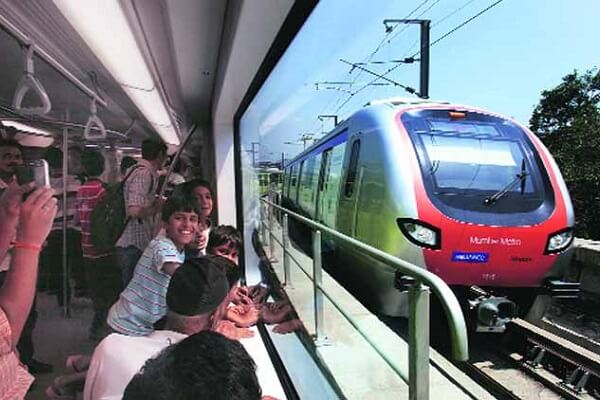
Considerable literature establishes the positive link between infrastructure development and an increase in output, productivity, growth, and employment. Studies on similar lines attribute high growth in eastern and central Chinese cities to transport connectivity. The lack of proper connectivity also explains the high income disparity in multiple Chinese provinces. We have seen earlier in this book in the section on urban history how key historical urban centres, including in India, prospered due to transport connectivity. Venice, New York, London, Amsterdam, Mumbai, Chennai, Kolkata, Singapore, Beijing, and San Francisco were all on major trade routes. Inland cities fared well, as road and later rail networks developed. Now, air connectivity is considered essential for any city to grow at a robust pace and sustain that momentum.
Even in rural India, one of the most successful schemes has been the Pradhan Mantri Gram Sadak Yojana – a village road-building scheme started by former Prime Minister Atal Bihari Vajpayee. The scheme has continued despite the changing fortunes of leading national and regional parties in every state. I have personally interviewed hundreds of people in villages impacted by it and asked them why they rated this scheme as the best. The simplicity of their answers holds boundless lessons for policymakers. They told me that this scheme connected their villages to nearby urban centres and thus provided them year-round connectivity to better livelihoods and healthcare services. They said they could manage the other challenges on their own, but connectivity to better wage and livelihood opportunities in urban areas had transformed their lives.
Thus, it reduces transaction costs and makes cities everything that we can imagine – growth engines, equitable, sustainable, liveable, and resilient. If cities can be considered as living beings, transport is the blood that keeps our cities running. If it takes too much effort, cities may feel fatigued. If it clots, cities go into shock.
A good city-wide transportation system is critical to achieving the agglomeration economies that come with urbanisation. An efficient transport system reduces transaction costs at all levels and becomes a facilitator for the economic growth and liveability of a city. It is the lynchpin that connects people to people, people to markets, people to places and people to services. If the transport system of a city is choked and congested, it renders the city inefficient and less productive. This is evident in many of the emerging cities in developing economies including India where citizens are spending hours daily commuting on congested roads and inhaling toxic air due to increased vehicular emissions.
Innovative thinking on urban transportation can unlock many benefits. Jaimie Lerner was the young mayor of Curitiba, in Brazil. He went at breakneck speed to convert some major areas such as the Rua Quinze de Novembro, one of the major streets of the city, into pedestrianised zones. He believed the area should not be deserted when shops downed their shutters and cars parked away. In manoeuvring to implement his plan, he outwitted the shopkeepers, who were initially against it. Next, he introduced new lanes for buses, which was against the global tide in favour of subways. He made a telling remark about urban works, “If you want creativity, cut one zero from the budget. If you want sustainability, cut two zeros!” As the bus movement succeeded, he found new areas to unlock the growth of bus transport – elevated platforms through which passengers could move into buses, longer buses, and prepayment for tickets. Now, 85 per cent of the city uses the Bus Rapid Transit or BRT system and more than 300 cities globally are experimenting with it.
Notably, BRT failed in Delhi. But that shouldn’t stop other cities from championing it. Each city is different. While the BRT project failed to take off in Delhi, it has done remarkably well in the cities of Ahmedabad, which spurred adoption in other cities across India – Rajkot, Indore, Surat, the twin cities of Pune and Pimpri Chinchwad, and the twin cities of Hubballi-Dharwad.
Curitiba, at the same time as it was pushing BRT, was championing waste recycling and providing as much as 50 sq mt of green space per person. Not surprisingly, Lerner became a three-time mayor of the city. Similarly, in Delhi, the metro rail services succeeded when the Central leadership, the state leadership under Sheila Dikshit, and the managing director of Delhi Metro Rail Corporation, E Sreedharan, came together. The success of Delhi Metro is so immense that cities all over India are now undertaking metro rail projects, even where it doesn’t make financial sense.
If not done right, the costs of mismanaged and overlooked urban transport could be huge and far-reaching. The heightened urbanisation levels and even higher acceleration in motorisation levels does not bode well for urban transport in Indian cities. From 1951 to 2011, India’s population grew at an annual rate of 3.8 per cent. In the same period, the number of registered motor vehicles went from about 0.3 million in 1951 to nearly 142 million in 2011 – a double-digit growth rate.
As per the Centre for Science and Environment, private vehicle ownership increased by 700 times, from 0.3 million in 1951 to 210 million in 2015. Half of this was added over a period of 57 years from 1951 to 2008, the remaining was added over the next six years. Between 1981 and 2011, the total number of registered vehicles grew at an average rate of 11.5 per cent. This trend looks set to continue at the hands of a growing urban population with increasing purchasing power. If unchecked, this trend could cause urban transport to become a serious handicap for efficient urbanisation. It could lead to choked road networks and further deteriorating air quality with serious public health implications.
The issue of urban transport becomes more complex because Indian cities have failed to address basic issues. Commute options and corresponding costs significantly vary for different citizens when they step out for work or leisure. An upper middle-income household prefers a different mode of transport compared to someone from the lower middle-income group, or a poor migrant. The preferred choice of conveyance is mostly an owned vehicle, with little predilection for public transport – unless one’s means do not leave much to choose. Thereafter, congestion and pollution remain constant adverse companions throughout the commute.
Commute time and costs are not the only trade-offs. In our failure to integrate land-use planning and transportation we have exponentially lessened the quality of life in our cities. Given the convoluted and institutional fragmentation in city transport, if we attempt to reform urban transport, we fail to locate where the actual responsibility lies. Some major obstacles to unleashing the benefits of a robust and efficient transport system in Indian cities are the lack of substantial focus on demand side management, little focus on non-motorised transport, a declining share of public transport and the inability to raise finances.
It is pertinent to solve the issue of congestion while we are in midst of our transition to an urbanised country. As per a study, from 1990 to 2014, the share of 12-metre-wide roads has remained constant whereas the number of 4-metre-wide (narrow) roads have increased. Researchers have pointed out commuters in peri-urban areas travel through narrow roads to get to the wider roads to their workplace. This diminishes productivity. This is based on Alain Bertaud’s findings that productivity declines after 20 minutes of travel to work. This is a serious loss of efficiency in our cities.
The figures in some major cities are startling. As part of Master Plan 2031, estimates from Bangalore Development Authority noted that 1.18 crore citizens waste 60 crore person-hours annually in Bengaluru due to congestion. The combined cost to four cities – Delhi, Mumbai, Kolkata, and Bengaluru – due to congestion, amounted to USD 22 billion. Can we fathom the loss that congestion continues to cause in thousands of Indian cities? The Traffic Index (peak hour congestion defined in terms of percentage of additional time to travel during peak hours) provides a telling picture of Indian cities. Traffic Index percentages for four Indian cities – Delhi (129 per cent), Mumbai (135 per cent), Bengaluru (162 per cent), and Kolkata (171 per cent) – are quite high as compared to an average of 67 per cent for other Asian cities. Another index, the TomTom Traffic Index by TomTom (an in-vehicle navigation company), covers 416 cities across 57 countries on six continents. A recent edition showed that India is badly impacted by the forces of congestion; four out of the ten most congested cities in Asia are in India: Bengaluru, Delhi, Mumbai, and Pune.
Indian cities should work towards the target that every citizen is within ten to 15 minutes (or 400 m) of safe, reliable, and affordable public transport. This is in line with the Government of India’s 2014 National Urban Transport Policy. This policy focused more on planning for people and vehicles and spelt out recommendations on a range of issues, including sustainable mobility, accessibility for all citizens at affordable cost and within a reasonable time. It detailed some key strategies on urban transport planning, public transport, traffic management, financing, governance and non-motorised transport among others. Already, there have been some notable measures on easing urban transport in India – such as the Odd-Even Scheme, Traffic Signal Synchronisation in Mumbai, Eastern Peripheral Expressway in Delhi and Intelligent Traffic Management Systems under the Smart Cities Mission. However, the political economy of states has led to an increasing obsession with metro systems in various cities which has diverted our focus and resources from more efficient solutions. We discuss some of the solutions that may help Indian cities solve the problem of urban transport.
This article was first appears on scroll.




